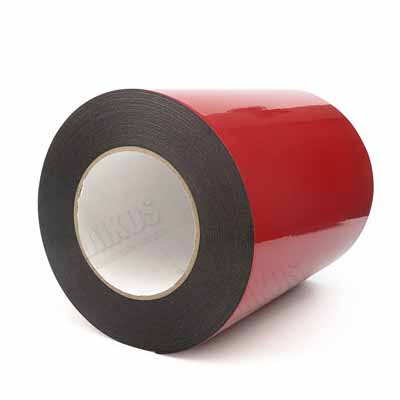Crepe paper masking tape is much more versatile than traditional masking tape. It's ideal for general-purpose applications and provides sharp paint lines. Its natural rubber adhesive provides instant adhesion and superior holding power. The versatility of this tape makes it an excellent choice for various applications, from general painting to carpentry. Here are some of the reasons why. All of them will help you make the most of your masking tape.
Most masking tape is made of crepe paper. It's often used for children's art projects, as it has a textured surface at the non-adhesive end. It goes on smoothly, even on rough surfaces. Flatback paper masking tape, on the other hand, is smooth and thin. Some handymen prefer flatback paper for painting projects. If you're unsure which type of tape to purchase, you can start by examining the backing material.
Another option is to use general-purpose tape. It comes in multiple colors and features a flexible paper backing. Its patented adhesive provides excellent surface contact on a variety of substrates. This product meets US government standards for arts and crafts products and complies with the labeling of hazardous art materials act (LHAMA). While duct tape is often ridiculed as a universal tape, masking tape is much more delicate.
Professional painter's tape has a guarantee of residue-free removal 14 days after application. This tape may be sufficient for most residential painting projects, but it may not be the best choice for industrial coatings. Its performance level depends on the tape's durability. High-quality masking tapes are resistant to solvents and chemicals and can withstand bake cycles and prolonged exposure to temperature. Its durability and adherence to surfaces ensure a smoother workflow and higher-quality results.




